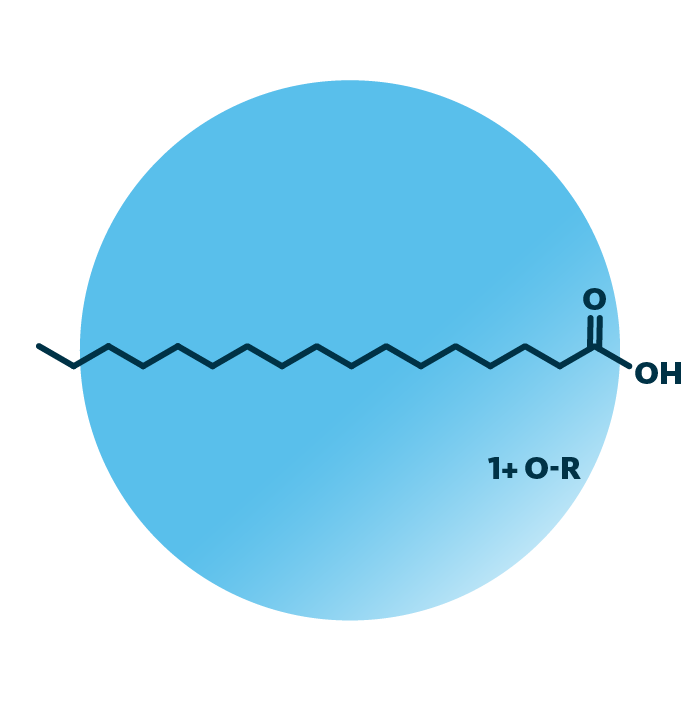Structure. Heptadecanoids belong to the fatty acyls. Their structure is based on heptadecanoic acid, a seventeen carbon atoms long hydrocarbon chain with a carboxyl group. Heptadecanoids, octadecanoids, eicosanoids, docosanoids, and further lipid groups are collectively termed oxylipins. Their hydrocarbon chain features oxygen-containing substituents, they are oxidized fatty acyls. Often, heptadecanoids contain one or more double bonds.
Function. Oxidized heptadecadienoic acids (oxiHDE) are involved in the biosynthesis of prostaglandins and modulation of immune responses through inhibition of platelet aggregation. The oxidized heptadecatrienoic acid (oxiHTrE) 12-HHT and 12-KHT both bind to the BLT2 receptor, that plays a role in inflammatory diseases. OxiHDE are also important for skin wound healing.
However, the biological role of the odd-chain length heptadecanoids is not well understood. They are rarely found in significant amounts and on a cellular level often present in free form or linked to complex lipids such as phospholipids. The composition of the hydrocarbon chain may significantly impact their biological function.
